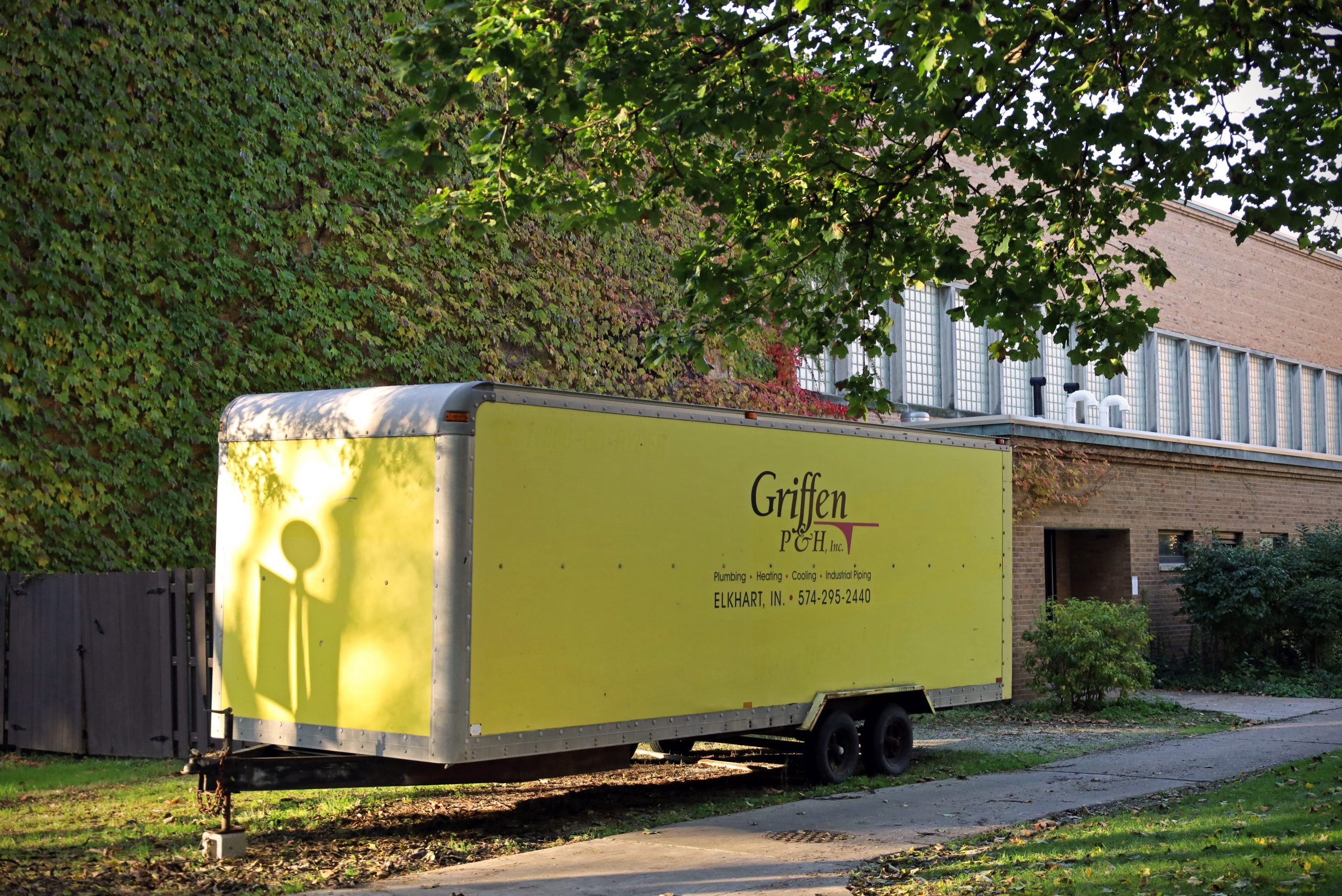Over fall break, Steve Shantz replaced the steam-powered heating system in the Union Building with a geothermal plant. The new system, consisting of a well, two boilers and a maze of pipes, will regulate the temperature in the building without using fossil fuels.
“When I say boilers, I don’t mean boiling water,” said Shantz, systems manager for the college. “It just makes water hot.”Geothermal plants function by drilling wells into the earth to pull ground water up into pipes. They take advantage of the fact that the temperature inside the ground stays about the same all year round. During the fall and winter months, hot water is used to heat the air inside a building and, in the summer, cold water helps to cool it down.
The plant in the Union Building has begun operating, but it is incomplete.
“I don’t trust the heat pump [in the plant],” Shantz said. “It can’t keep up with the heat load.”
In the cooler months, he explained, the plant handles water temperatures up to 130℉; however, in the winter, the Union Building requires water at about 150℉ to stay heated.
To compensate, Shantz ordered extra pipework for a natural gas line.
Everything is set in place, except, Shantz said, “I’m waiting on a valve which should be here at the beginning of this month.”
The delay does not impact the heating requirement at the moment.
Even with the use of some natural gas, Shantz said, the switch to geothermal “saves so much money – it’s crazy.”
By combining heating and air conditioning into one system that harnesses the natural temperature of the earth, the college saves $600 a month just for the Union Building. Shantz expects this number to increase once the walls of the old bookstore get insulated.
“My job,” Shantz said, “is to keep costs low while still making buildings comfortable.”
Before Shantz can introduce geothermal systems to other buildings on campus, they will need to be insulated properly.
The Kratz, Miller, Yoder and Kulp dorms do not have insulation. The Administration, Visual Arts and Science Buildings and the Westlawn Dining Hall do not, either.
“I was in a meeting,” Shantz said, “and I had to put my foot down and say, ‘It’s 2021. We need insulation for the top floors in Westlawn.’”
Becoming free from steam power by 2026 is part of the college’s Master Plan. Shantz believes investing in geothermal is the next step.
For Shantz, who is nearing retirement, it has also become a personal undertaking.
“I’d like to finally turn off our steam as a going-away accomplishment,” he said.


